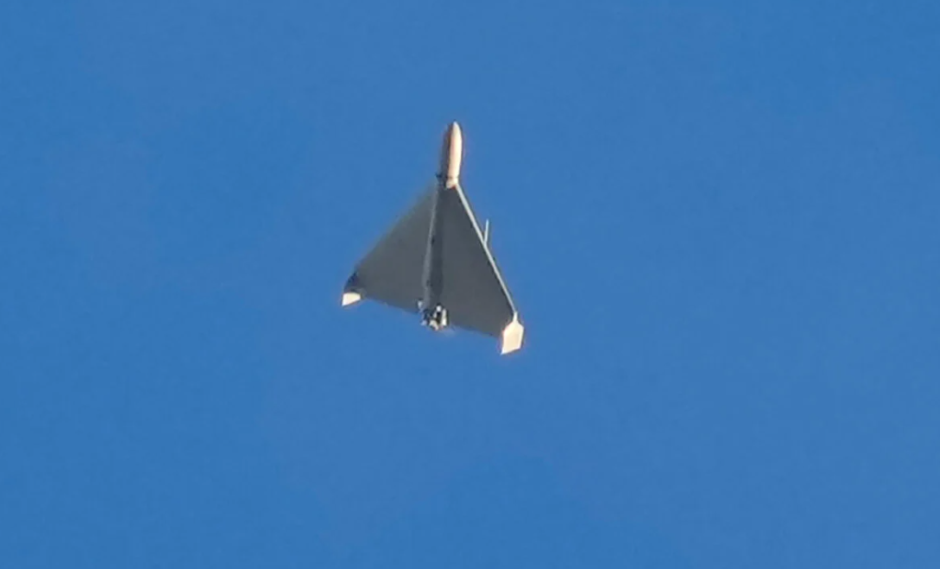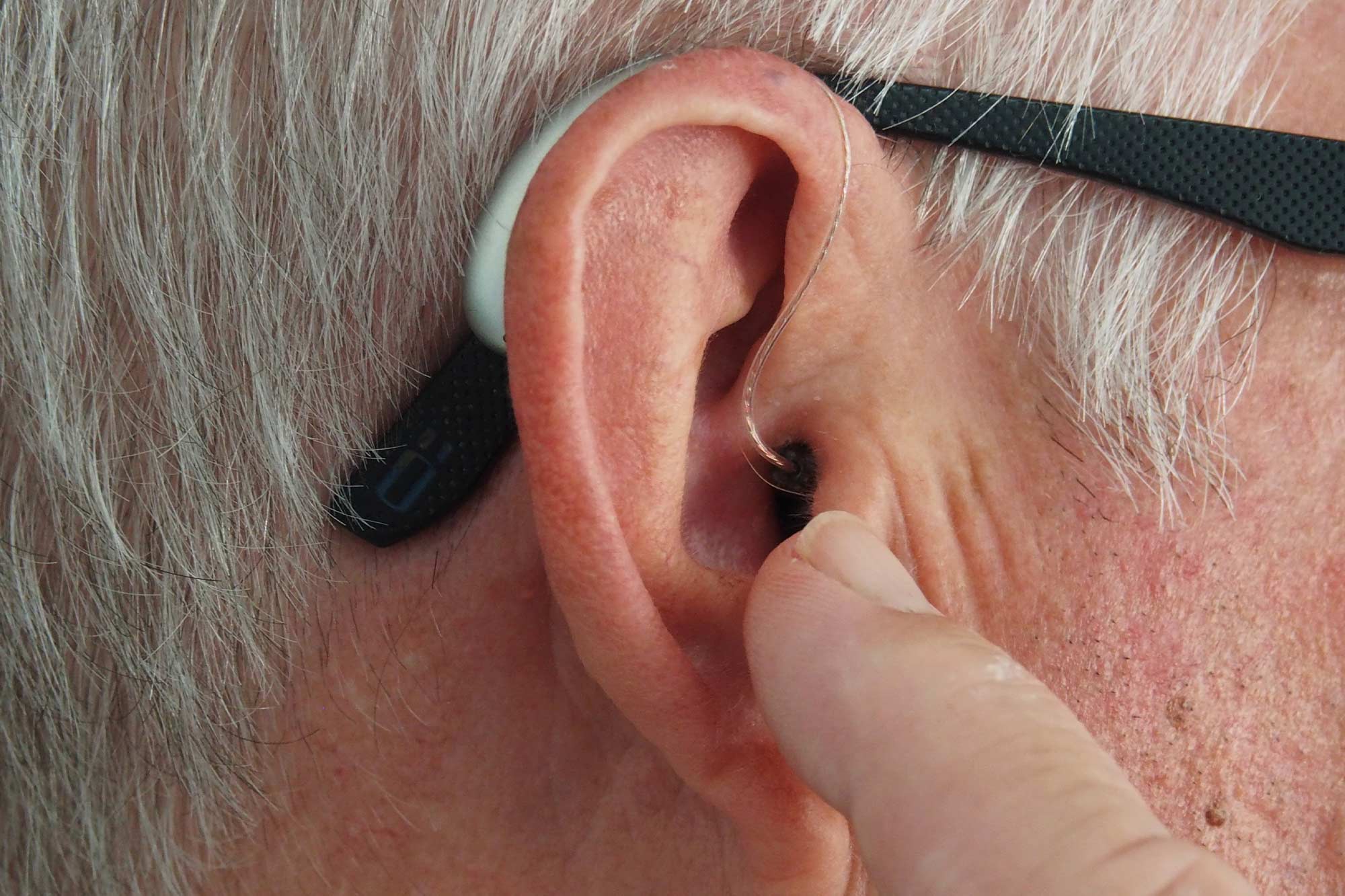Technology News – The United States has tested autonomous artificial intelligence using the F-16 Fighting Falcon fighter bomber through the Research Branch of the Department of Defense.
DARPA (Defense Advanced Research Projects Agency) has been instrumental in creating many modern technologies, including computers and the Internet, and is now testing self-driving artificial intelligence. Matt Turek, deputy director of the agency's Office of Information and Innovation, provided details at an event at the country's Center for Strategic and International Studies on how DARPA is keeping pace with artificial intelligence through its multiple programs. For example, the Defense Advanced Research Projects Agency (DARPA) jointly launched the world's first nuclear-powered rocket into space with NASA, in order to use the technology to dramatically reduce interstellar travel time.
Turek revealed that 70% of the agency's programs use some degree of artificial intelligence, machine/deep learning, or autonomy. In addition to OpenAI and Microsoft, DARPA also partnered with Anthropic, a Google and Amazon AI partner, and discussed how they can use generative AI to discover and eliminate vulnerabilities in open source software. Weaknesses… But the relevant topic for us is the F -16 program. This aircraft is considered the backbone of the US Air Force: its light structure, good handling, and therefore international popularity.
Remotely used by the US Air Force for some time, these fighter-bombers operate as the QF-16 and are based on modified airframes of older F-16s. The first such aircraft flew in 2012, followed a year later by a remote-controlled flight, in which the pilot performed pre-flight checks and then closed the canopy from the outside to hand over control of the aircraft to the operator. The program gives pilots targets that resemble Generation 4 and Generation 4.5 aircraft, and the Air Force replaced that program in 2022 when it sought proposals for a target drone program capable of simulating fifth-generation stealth aircraft. Although the first remotely piloted QF-16 flew in 2013, pilots had to wait until 2017 to shoot down their first operational unmanned target in training.
A video was also made about the program.
source: WCCFTech








































![America is testing self-propelled artificial intelligence with F-16 bombers! [VIDEO] America is testing self-propelled artificial intelligence with F-16 bombers! [VIDEO]](https://thegeek.hu/wp-content/uploads/sites/2/2024/04/thegeek-F-16-1.jpg)



